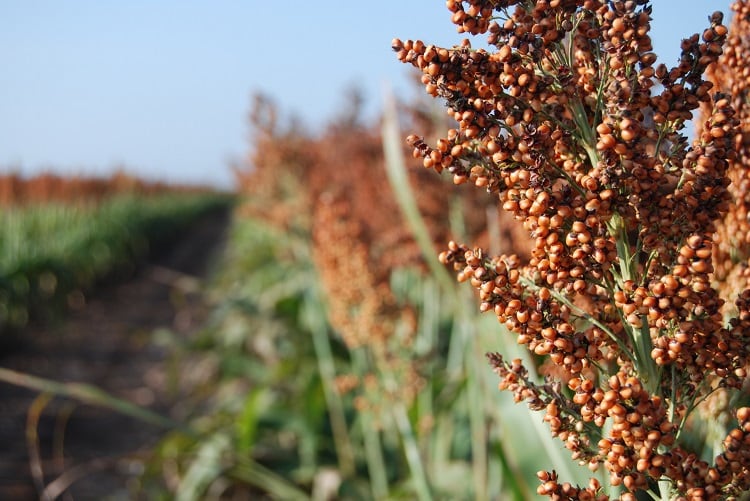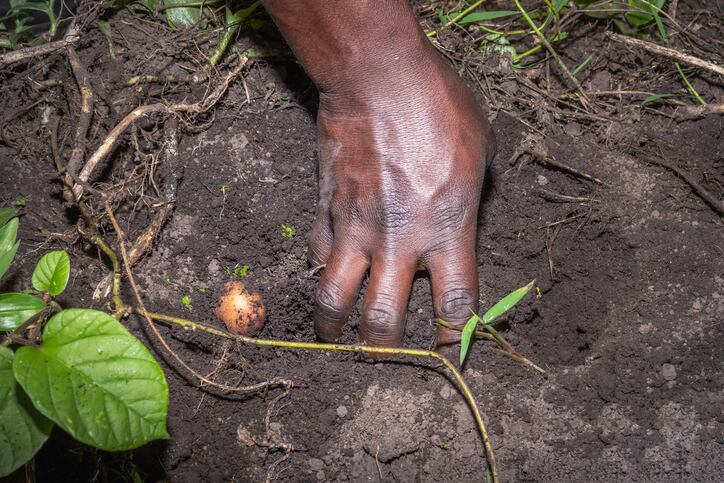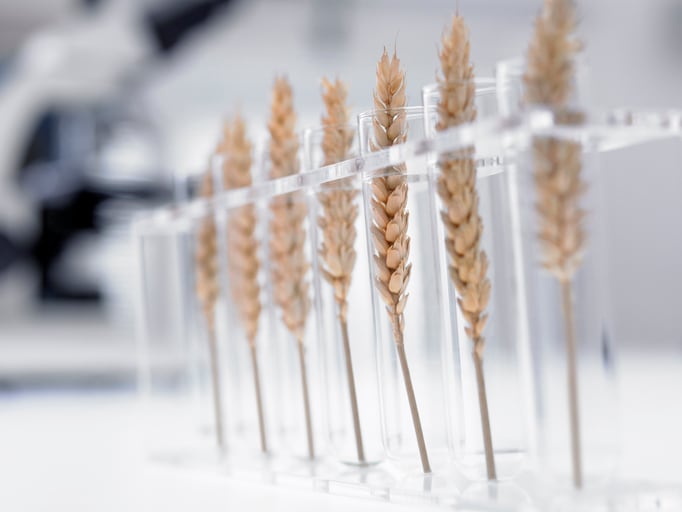As in Europe, the consumption of gluten-free food products in Africa has increased in recent years. However, for the most part, gluten-free products are high in starch, and low in protein and fibre.
An EU-funded research project, InnoFoodAfrica, is investigating whether nutritional deficiencies could be improved by using climate-resilient African crops in gluten-free food formulations instead.
In particular, the researchers – led by VTT Technical Research Centre of Finland – are focused on the development of nutrient-rich, gluten-free crackers.
Swapping out maize for amaranth, sorghum, or teff…
One area of the InnoFoodAfrica initiative is focused on enhancing adoption of nutritionally balanced food consumption in urban areas. The idea is to eventually launch new foodstuffs made with climate-resilient crops into international markets.
Gluten-free crackers are mostly made from maize or rice. But what if they could be made from climate-smart African crops such as amaranth, sorghum, teff, Bambara groundnut or cowpea?
The issue, according to researchers, is that some of these crops present technological challenges. “They have unique taste profiles, especially the beany flavour and bitterness of cowpea and Bambara which may not be acceptable to all consumers,” they explained.
“Furthermore, the grainy and sandy structure – especially in sorghum – has inhibited its large utilisation in food products.”
The researchers’ first objective was to study how the nutritional composition of gluten-free crackers could be improved by replacing maize flour with African crops and how the replacements affect the baking performance and technological properties.
Secondly, they sought to evaluate how air-classifying and germinating some of those raw materials would affect crackers’ technological and sensory properties.
Technical challenges and sensory profiles
Under the InnoFoodAfrica project, 15 different crackers were baked with maize flour replaced by amaranth (50%), sorghum (50%), teff (50%), Bambara groundnut (50%, 75%) and cowpea (50%, 75%) flours.
After ‘several’ development rounds, the researchers reported to have found a ‘well-balanced’ process and raw material combination for the cracker production. All crackers were baked at 180˚C for 13-22 minutes, depending on the crop used.
From a nutrition standpoint, all crackers containing African crops improved the composition by increasing fibre content compared to the 100% maize cracker. The protein content, too, increased with all the crop replacements – notably with the inclusion of Bambara groundnut and cowpea.
“All crackers reached the high fibre and source of protein nutritional claims,” noted the researchers.
The African crops were responsible for technological changes to the cracker, which changed from yellow in colour to either greyish or golden brown when they were included.
There were also differences in the cracker thickness and hardness. The protein content, noted the researchers, played an ‘important’ role in increasing both these attributes. Both attributes were also influenced increasingly by finer flour particle size, they added.
A sensory analysis of the different crackers suggested some crops significantly altered the product. The sensory profile of the sorghum and cowpea crackers, for example, were changed by raw material modifications.
“Sorghum’s typical grainy structure was significantly decreased by milling and air-fractionation, whereas germination decreased beany flavour intensity in cowpea samples the most compared to the original raw material samples,” noted the researchers.
“Germination also gave the crackers a more sweet, oily and roasted flavour.”
Nutritious porridge up next
The InnoFoodAfrica is exploring climate-smart African crops across Ethiopia, Kenya, South Africa and Uganda, with its main output being to demonstrate the waste potential of African crops as healthy raw materials.
The emphasis is to target the new foods to ‘vulnerable’ people such as malnourished infants, expecting mothers, and urban adults under the risk of obesity.
Other projects under the InnoFoodAfrica umbrella include the developing of bio-based packaging to reduce food waste along the supply chain and producing high-protein and fibre porridge for babies and adults.
“Part of the delivery…is to make nutritious food for children to eat during their first year of life,” explained Morten Sivertsvik, Research Director at Nofima. “This is to reduce infant mortality and malnutrition.”
Aside from Nofima and VTT, other members of the InnoFoodAfrica consortium include Puratos and the Institut National d’Etudes Superieures Agronomiques de Montpellier.




